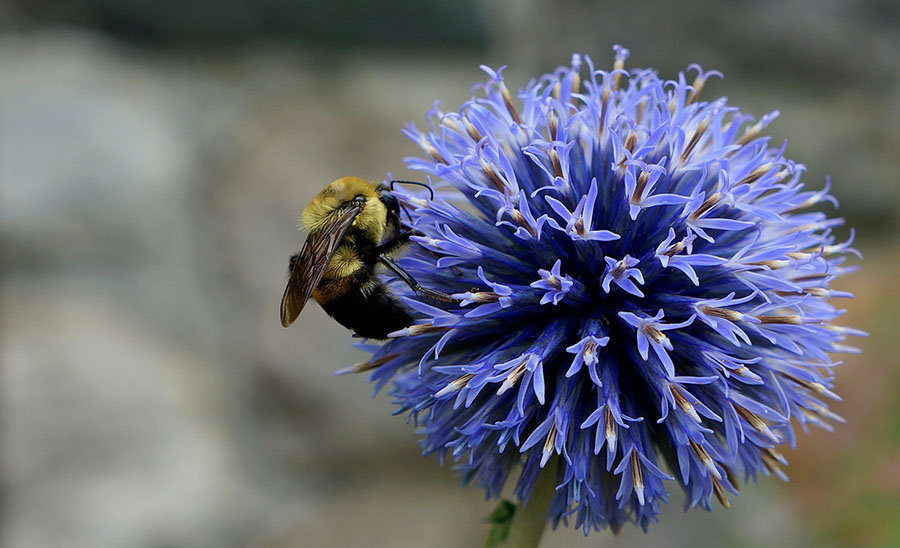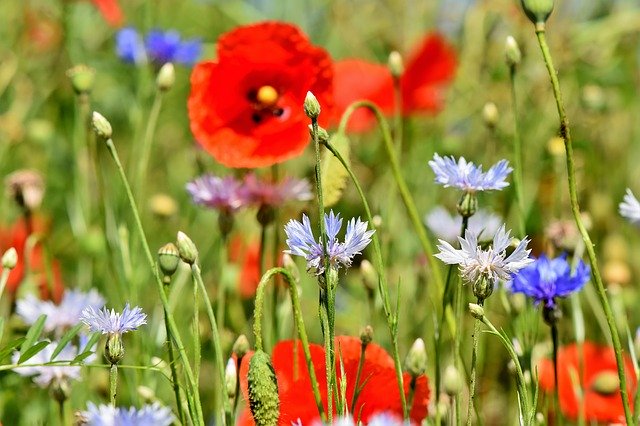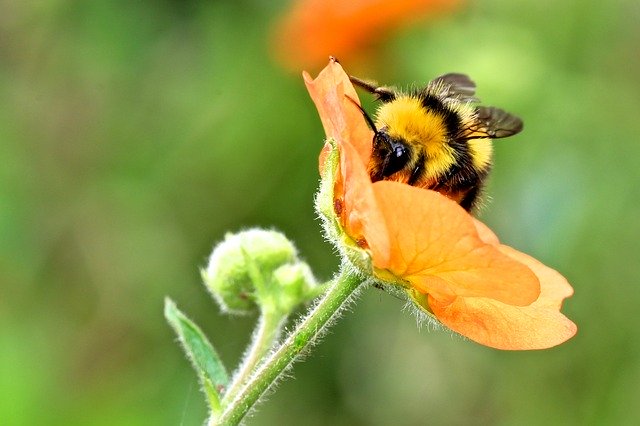
| Version | Summary | Created by | Modification | Content Size | Created at | Operation |
|---|---|---|---|---|---|---|
| 1 | Michał Filipiak | + 984 word(s) | 984 | 2020-04-03 10:44:57 | | | |
| 2 | Vicky Zhou | -5 word(s) | 979 | 2020-10-30 10:15:42 | | |
Video Upload Options
For bees, pollen quality determines the overall quality of the larval food, influences the development of individuals and shapes their populations. Not all plants produce pollen that satisfies the nutritional requirements of bees, and we do not know how different plant pollens impact bees’ nutritional demands. Our understanding of the differential contribution of various nutrients to bees’ growth and development is minimal. Are there species-specific key nutrients or nutrient ratios linked to development? Based on this, can bee fitness be co-limited by several nutrients? Are such key nutrients associated with specific key plant species? The framework of ecological stoichiometry is a promising approach to this issue. It allows questions about the most basic mechanism that shapes the nutritional ecology of bees, i.e., balancing the larval diet to enable larval growth, development and pupation into the adult body equipped with all the structures needed for maximal fitness.
1. A Healthy, Balanced Diet
Having access to balanced food resources is crucial for the development, health and fitness of bees – which are essential pollinators that provide valuable ecosystem services. Alarmingly, wild bee populations are in decline due to the loss of floral diversity and a subsequent decrease in the nutritional quality of floral resources, such as pollen. Pollen provides bees their primary source of nutrients and, therefore, is key for bee larval development, immunity, physiology, and adult reproduction. Pollen quality, however, varies widely across space and time and among plant species, and bees must select pollen that meets their nutritional demands. Similarly, the nutritional needs of different bee species and between larvae and adults vary extensively, which imply different nutritional constraints across species and along bee ontogeny.
2. Pollen Quality is Important
Nectar-feeding adult bees are energetically limited, whereas larvae are limited by the availability of body-building nutrients in their food, namely, pollen. Although floral diversity has been identified as an important factor that promotes the fitness and population growth of bees, it may act indirectly, i.e., via among-species differences in pollen nutritional quality. Bee larvae are highly vulnerable to changes in pollen due to their reliance on a fixed quantity and quality of food provided to them by adults. Therefore, even if adult bees have unlimited access to energy-rich nectar, bee populations and communities are shaped during the larval life stage by potential nutritional limitations that result from an unbalanced nutritional composition of pollen. Despite the importance of bee larvae-pollen quality interactions, the bee nutrition studies have focused mostly on adults.
3. A Better Understanding of Bee Nutritional Ecology
The framework of ecological stoichiometry is a promising conceptual approach that helps to address an underlying mechanism of the nutritional ecology of bees, i.e., balancing the larval diet to enable larval growth, development and pupation into the adult body equipped with all the structures needed for maximal fitness. The growth and development of every cell, tissue, organism and population is subject to the law of conservation of mass. Thus, organisms build their bodies by relying on thousands of chemical reactions, all of which must be chemically balanced. Therefore, an insufficient supply of certain elements in the food will likely prevent the production of tissues and physiologically important molecules that are constructed from this food either by the consumer itself or by its microbiota. The demand for the resources used for growth and development is reflected in the stoichiometry of living organisms, i.e., the elemental phenotype of an organism. Organismal stoichiometry is regulated homeostatically and is species-specific because it is a consequence of the particular structure, physiology and metabolism of different taxa. Consequently, a mismatch between the elemental phenotype of an organism’s adult body and its larval food is expected to have negative fitness consequences. This phenomenon is called stoichiometric mismatch and is mathematically understood as much lower proportions of Carbon:nutrient in the consumer’s body than in its food.
As living organisms require a diversity of nutrients to perform their biological functions, these functions can be limited by multiple nutrients simultaneously, where a shortfall of more than one chemical element can limit individual performance, population growth, and ecosystem function. Ecological stoichiometry is a multivariate approach that uses multiple chemical elements as a metric. Therefore, ecological stoichiometry can provide additional predictive power and complement traditional approaches to understand the role of nutrition in consumer-resource interactions.
Understanding the demand for a nutritionally balanced diet in growing bees is critical for understanding ongoing changes in wild-bee populations worldwide, and for predicting future changes connected with transformations of bee-habitat floral composition. Within this context, experimental studies manipulating the nutritional supply of various pollen species are needed to elucidate ecological interactions between bees and their known and potential host plant species. To enable us to fully understand the nutritional aspects of bee–plant interactions, these studies might use the framework of ecological stoichiometry. This would lead to an understanding of the most basic mechanism shaping the nutritional ecology of bees—balancing the larval diet to enable its growth, development, and pupation into the adult body equipped with all the structures needed for maximized fitness. At the same time, as a complementary approach, the concentrations of the chosen organic substances (e.g., important PLFAs, amino acids, vitamins, etc.) in studied pollens could be measured to detect mechanisms shaping another level of possible limitations posed on developing larvae. Finally, to fully understand the bee nutritional ecology, gut-dwelling symbionts should be considered, including their needs for a stoichiometrically balanced diet, as well as for specific organic compounds. These three complementary approaches could result in an improved understanding of the behavior of ecosystems, an improved prediction of how changes in floral structure affect pollen-eating pollinators, and improved strategies for pollinator conservation and management.
The above mentioned idea was extensively described in two conceptual papers [1] [2] and has been proven to be informative and valuable approach [3] [4].
References
- Michał Filipiak; January Weiner; Plant–insect interactions: the role of ecological stoichiometry. Acta Agrobotanica 2017, 70, 1-16, 10.5586/aa.1710.
- Michał Filipiak; A Better Understanding of Bee Nutritional Ecology Is Needed to Optimize Conservation Strategies for Wild Bees—The Application of Ecological Stoichiometry. Insects 2018, 9, 85, 10.3390/insects9030085.
- Michał Filipiak; Karolina Kuszewska; Michel Asselman; Bożena Denisow; Ernest Stawiarz; Michał Woyciechowski; January Weiner; Ecological stoichiometry of the honeybee: Pollen diversity and adequate species composition are needed to mitigate limitations imposed on the growth and development of bees by pollen quality. PLOS ONE 2017, 12, e0183236, 10.1371/journal.pone.0183236.
- Michał Filipiak; Key pollen host plants provide balanced diets for wild bee larvae: A lesson for planting flower strips and hedgerows. Journal of Applied Ecology 2019, 56, 1410-1418, 10.1111/1365-2664.13383.
- Michał Filipiak; Key pollen host plants provide balanced diets for wild bee larvae: A lesson for planting flower strips and hedgerows. Journal of Applied Ecology 2019, 56, 1410-1418, 10.1111/1365-2664.13383.







